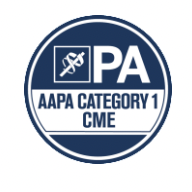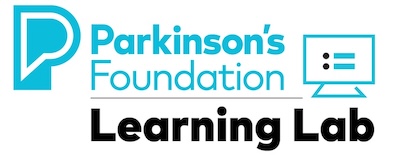To restrict or not to restrict? Practical considerations for optimizing dietary protein interactions on levodopa absorption in Parkinson’s disease
 Administration of levodopa for Parkinson’s disease (PD) has remained the most effective therapy for symptom management despite being in use for over 50 years.
Administration of levodopa for Parkinson’s disease (PD) has remained the most effective therapy for symptom management despite being in use for over 50 years.
Advancing disease and age, changing tolerability, and gastrointestinal (GI) dysfunction may result in changes in dietary habits and body weight, as well as unpredictable motor fluctuations and dyskinesias. Dietary proteins that convert into amino acids after digestion are implicated as major factors that inhibit levodopa absorption. For people living with PD (PwP) who experience motor fluctuations, low protein diets (LPD) and protein redistribution diets (PRD) may be effective and are often recommended as a non-pharmacologic approach for improving levodopa bioavailability. However, there is a lack of consensus on a standard definition of these diets and appropriate treatment algorithms for usage. This may be due to the paucity of high-level evidence of LPD and PRD in PwP and whether all or specific subgroups of patients would benefit from these strategies. Proper education and monitoring of diet and protein intake may reduce complications associated with these diets, such as dyskinesias and unintentional weight loss. Additionally, alterations to medications and GI function may alter levodopa pharmacokinetics. In this narrative review, we focus on 1) mechanisms of dietary protein and levodopa absorption in the intestine and blood-brain barrier, 2) dietetic approaches to manage protein and levodopa interactions, and 3) practical issues for treating PwP as well as future directions to be considered.
Syllabus | |
To restrict or not to restrict? Practical considerations for optimizing dietary protein interactions on levodopa absorption in Parkinson’s disease Journal Article Quiz Evaluation Credit and Certificate Claiming | |
Target Audience
This activity is designed to meet the educational needs of:
- Physicians
- Physician Assistants
Learning Objectives
At the end of this activity, learners will be able to:
- Gain the most up-to-date scientific knowledge on the mechanisms of dietary protein and levodopa absorption in the intestine and blood-brain barrier, as well as dietetic approaches to managing protein and levodopa interactions.
- Integrate acquired knowledge into diagnostic and therapeutic modalities of their practice.
- Determine the best strategies for diagnosing and treating patients to optimize patient outcomes.
- Implement skills and strategies for better patient communication.
Parkinson’s Foundation adheres to the ACCME’s Standards for Integrity and Independence in Accredited Continuing Education. Any individuals in a position to control the content of a CE activity, including faculty, planners, reviewers, or others are required to disclose all relevant financial relationships with ineligible entities (commercial interests). All relevant conflicts of interest have been mitigated prior to the commencement of the activity.
Authors:
- All authors of this article have no relevant financial relationships to disclosure. For more details, click here.
 In support of improving patient care, Parkinson's Foundation is jointly accredited by the Accreditation Council for Continuing Medical Education (ACCME), the Accreditation Council for Pharmacy Education (ACPE), and the American Nurses Credentialing Center (ANCC), to provide continuing education for the healthcare team.
In support of improving patient care, Parkinson's Foundation is jointly accredited by the Accreditation Council for Continuing Medical Education (ACCME), the Accreditation Council for Pharmacy Education (ACPE), and the American Nurses Credentialing Center (ANCC), to provide continuing education for the healthcare team.
Physicians
Parkinson’s Foundation designates this journal activity for a maximum of 0.75 AMA PRA Category 1 Credit(s)™. Physicians should claim only the credit commensurate with the extent of their participation in the activity.
Physician Assistants

Parkinson’s Foundation has been authorized by the American Academy of PAs (AAPA) to award AAPA Category 1 CME credit for activities planned in accordance with AAPA CME Criteria. This activity is designated for 0.75 AAPA Category 1 CME credits. PAs should only claim credit commensurate with the extent.
Available Credit
- 0.75 AAPA Category I CME
- 0.75 AMA PRA Category 1 Credit™
- 0.75 Participation
-----------------------------------------------------------------
Above, you have the ability to purchase individual journals.
To enroll the individual journal above, click "ENROLL". You may proceed with your course from there.
AFTER YOUR ENROLLMENT, you can find the journals you have purchased in your profile or in your email. You can also access them from this page.

 Facebook
Facebook X
X LinkedIn
LinkedIn Forward
Forward